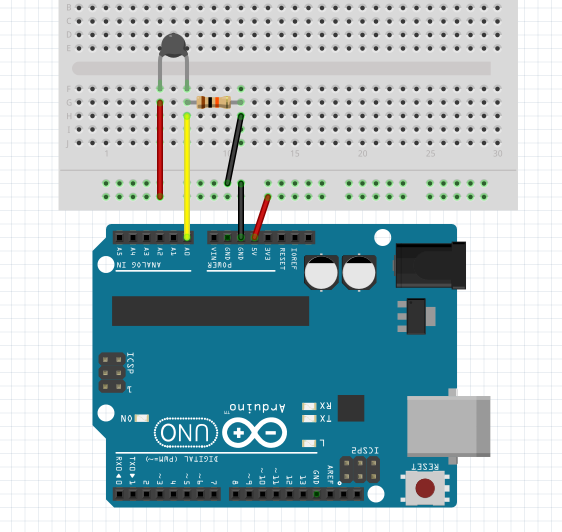Cybernetic Prosthetic : True Response
Starting Point
My question for the start of the project was how the human would respond to online content in a dystopian future. Nowadays when I would see online humor for example and I would find it extremely funny I would react online to the video with for example "HAHAHAHA OMG LMAO ROFL" in real life I would at the same time respond with an exhale form the nose that would implicate that I find this online humor funny.
Concept
My concept is based on this idea of a dystopian future and how we would take this idea even further. Thus I wanted to make a prosthetic that would function as a feedback device responding to online content given to the viewer and also at the same time wearer of the prosthetic. This feedback would come from input given by the air blown from the nose.
Prototype
My first prototype consists of a visual part that would be the mask for the nose or prosthetic for the nose. This was made out of a hard fabric that would hold it's form in combination with elastics that would make it easy to take it off and put it back on.
The technical part however was a bit more tricky. I found a sensor called a thermistor that is used in the medical world as a device to monitor temperatures of a patient. (https://www.eetimes.com/document.asp?doc_id=1293241) This sensor would give me the most true response from the nose. This because when you blow air out of the nose the temperature of the direct environment would increase. This would give me the opportunity to monitor this and realise a true response to the original content given to the viewer. For this I used and Arduino in combination with the thermistor.
Using a Thermistor (temperature sensor)
In short: Thermistors change resistance with a change in temperature.
They are classified by the way their resistance responds to temperature changes. In Negative Temperature Coefficient (NTC) thermistors, resistance decreases with an increase in temperature. In Positive Temperature Coefficient (PTC) thermistors, resistance increases with an increase in temperature. In this example we are using an NTC thermistor.
Since the thermistor is a variable resistor, we’ll need to measure the resistance before we can calculate the temperature. However, the Arduino can’t measure resistance directly, it can only measure voltage.
The Arduino will measure the voltage at a point between the thermistor and a known resistor. This is known as a voltage divider.
Then, the Steinhart-Hart equation is used to convert the resistance of the thermistor to a temperature reading.
int ThermistorPin = 0; //// which analog pin to connect
int Vo;
float R1 = 10000;
float logR2, R2, T, Tc;
float c1 = 1.009249522e-03, c2 = 2.378405444e-04, c3 = 2.019202697e-07;
void setup() {
Serial.begin(9600);
}
void loop() {
Vo = analogRead(ThermistorPin);
R2 = R1 * (1023.0 / (float)Vo - 1.0);
logR2 = log(R2);
T = (1.0 / (c1 + c2*logR2 + c3*logR2*logR2*logR2));
Tc = T - 273.15;
Serial.print("Temperature: ");
Serial.print(Tc);
Serial.println(" C");
delay(500);
}

